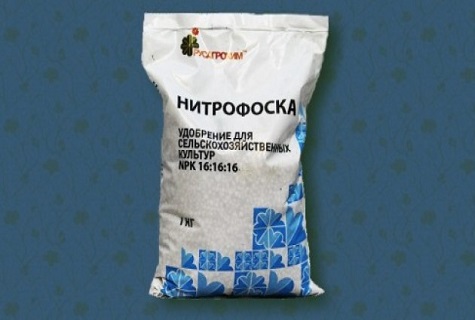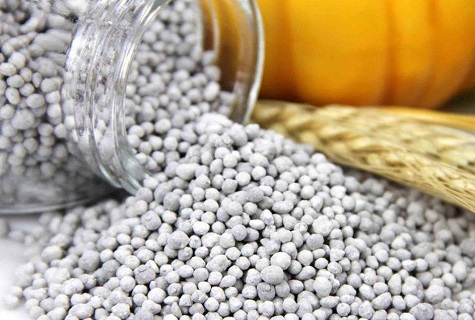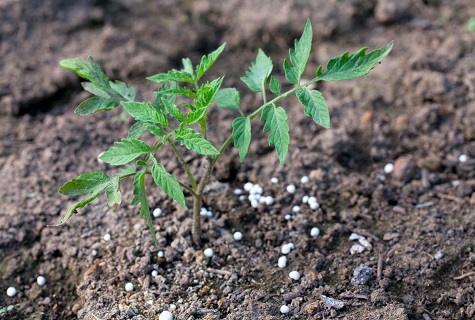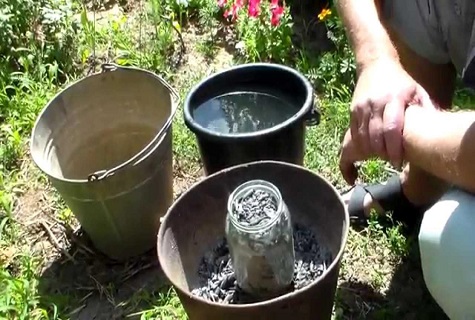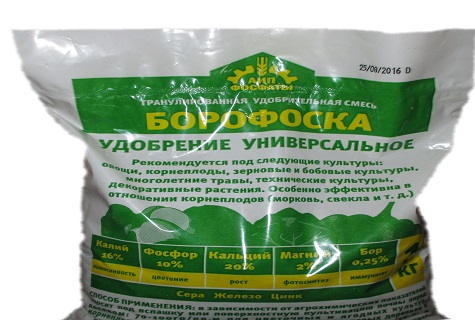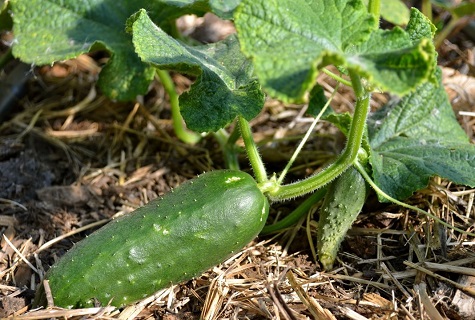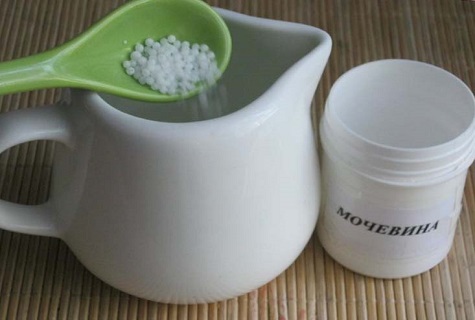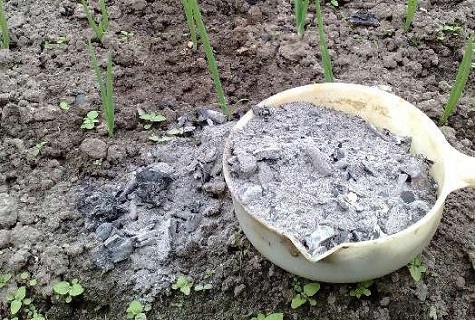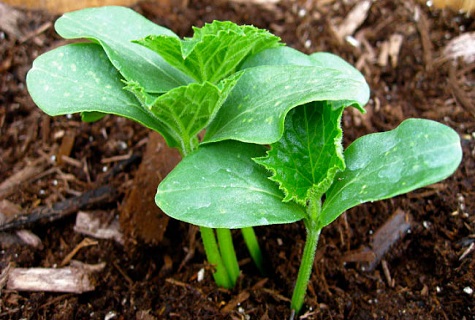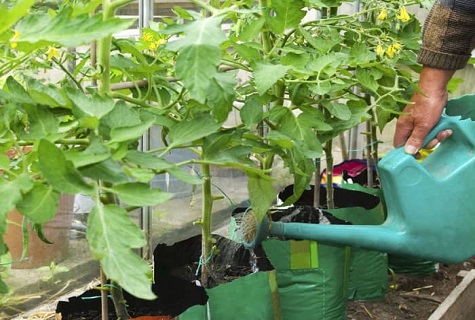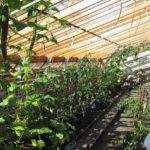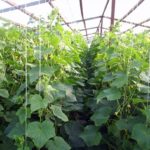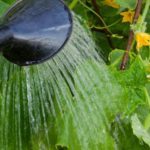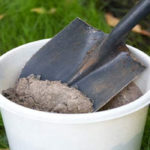Many summer residents are wondering whether it is possible to feed cucumbers with nitrophoska to obtain a bountiful harvest, and at what stages this should be done. Not everyone is a fan of chemical fertilizers. But they have a direct effect on the quality of the fruit, its healthy appearance and productivity. Cucumbers love fertile soil. Therefore, it is necessary to fertilize them; this must be done in several stages, at different stages of plant growth. You need to know how to do this in greenhouses and open soils.
Sometimes the appearance of vegetable crops can indicate a lack of minerals: poor yield, yellowness, irregular shape of fruits, increased foliage growth. For feeding cucumbers, azophoska, nitroammophoska, manure, diammophos, azophoska, borophosphoska, calcium nitrate and other chemical fertilizers are used. Each of these fertilizers has similarities in formulas, but differences in the compositions and quantities of chemical compounds. Fertilizing is done several times during the summer until active harvesting begins.
Description of nitrophoska, benefits
Nitrophoska is a classic fertilizer for vegetable crops. This is one of the most sought after fertilizers in the world and is used for cucumbers. The use of nitrophoska fertilizer for cucumbers has been studied for a long time.
It contains known beneficial chemical minerals: nitrogen, phosphorus and potassium. They are included in the fertilizer as salts: ammonium chloride, ammonium nitrate, ammophos, potassium nitrate, superphosphate.
It is made using oxides of phosphorites and apatites with the addition of other chemical elements. It is necessary to apply it in spring and autumn. The fertilizer is very convenient to use, as it is produced and sold in packaging in the form of small yellow balls. Feeding will not be difficult. The dosage is usually indicated on the package; it is different for all plants and different growth periods.
This type of fertilizer is applied several times before harvesting the fruits. It is especially important to use it before cucumber seedlings are planted. First, they loosen the soil, then sprinkle granules of this substance. After planting the seedlings, they will begin to act only after a few weeks. Usually 30 grams per square meter of planting is enough. Watering after applying fertilizer is required.
Nitrophoska - very useful for increasing fruit set and for their accelerated growth. It also improves the taste of cucumbers, making them sweeter and crispier. Summer residents should remember that overfeeding plants is even worse than underfeeding; they need to be fed in moderation and on time.
Application of nitroammophoska
Gardeners have been fertilizing cucumber plants with nitroammophos for a long time. This is a mineral supplement that contains the required amount of nitrogen, phosphorus and potassium. Nitrogen is vital for photosynthesis in cucumber plants when they become green. Phosphorus is beneficial for roots and also for promoting growth. Potassium is the main element that is responsible for the abundant harvest and taste of fruits. These are important substances that are necessary during the growth period of cucumbers.
Their fruits constantly need nutrition. Also, fertilizer will accelerate the growth of foliage and root system. The second name given to this fertilizer is azofoska.
Application can speed up the harvest and also increase its quantity by 15 percent. Heo can be introduced both at the root of the plant and before planting. The action occurs in several stages: first, the plant grows foliage and a green layer, and then, after a few weeks, the fertilizer begins to help shape the taste, shape, weight and number of fruits.
Nitroammophoska is usually diluted into a bucket of water 30-40 grams. Add a glass of it to each bush. If the bushes are large, then the dose is increased. If the plants are in open ground, then fertilizing is not recommended on rainy days.
Nitroammophoska has its drawbacks: it is highly flammable, has a short shelf life, and leaves behind nitrates in the soil, which are poorly absorbed by plants. But despite this, for summer residents this is a favorite among fertilizers for cucumbers.
The benefits of borofoska
Borofoska is another valuable type of fertilizer. Its composition is the same, it also contains phosphorus and potassium, but new substances have been added: boron, magnesium and calcium. These chemical elements are necessary in the right quantities for the full growth of fruits, as well as the development of the root system.
When a plant grows intensively, it vitally needs boron. It improves taste and also strengthens the immune system. Helps fight environmental changes, protects against hypothermia, strengthens the root system. Maintains normal acidity in the soil. It is easy to judge that plants lack boron: their ovaries fall off, flowers fall off, fruits rot, and do not reach the required size. This drug is used when planting in the ground, having previously fertilized the ground with it, and also several times during the period of flowering and ripening of fruits.
Borofoska ensures accelerated growth of seedlings and rapid flowering. Among the advantages we can highlight increasing yield for cucumbers, acceleration of ovary and growth, increased immunity, assistance in growing strong healthy shrubs, improved taste properties of fruits. Agronomists recommend this particular fertilizer, since it does not contain chlorine, it contains the optimal ratio of all nutrients, it has an effect on foliage, roots and fruits, and prevents vegetable crops from getting sick.
The demand for this fertilizer is high, it is popular among summer residents, many prefer it for its versatility and broad action. How to use it is usually written on the package. It is important to follow the instructions and dosage so as not to make a mistake. Usually for cucumbers and tomatoes it is 100 grams per 1 square meter.The fertilizer is diluted in a bucket of water and mixed well. When working with chemical elements, it is necessary to wear gloves to protect the skin of your hands. Borofoska can leave a chemical burn.
Other necessary fertilizers and their differences
Since cucumbers are very picky about the quality of the soil, they need to be fed periodically. The earth is in dire need of processed manure. Then the quality and quantity of the harvest will increase significantly. In addition to universal fertilizers, such as nitrophoska, there are several more well-known ones. These are urea, ammophos, ash, diammophos, humus.
Urea is an excellent growth accelerator, especially during fruiting. Diammofosk contains copper, silicon, magnesium, potassium, phosphorus. It helps increase productivity and affects the development of fruits and root systems. You need to be careful with urea, as it adds acidity to the soil. Cucumbers do not like soil that is too acidic. Everything should be in moderation. Fertilizers must be added according to the instructions on the package.
Ash and manure also affect the quality of yield; they help accelerate all biological processes of the plant. Feature of ammophoska is that it also contains nitrogen, phosphorus, and potassium, but in a slightly different ratio. This type is not recommended for application in the fall, as it causes rapid growth of foliage. Feed before fruiting begins.
The nutrition of cucumbers should not be disrupted. Overfeeding is also unacceptable. If this happens, the summer resident will notice immediately. The nutrition of greenhouse cucumbers can easily be disrupted: it can be given too much, or, on the contrary, not enough. This can be determined visually. When flowering is delayed, there is too much nitrogen. If there is too much phosphorus, the leaves begin to turn yellow.Cucumbers grow more slowly, which means they have a lot of potassium.
Stages and rules of feeding
Cucumbers are fed at all stages of their growth, from the beginning of sowing seeds to fruiting. As soon as the seedlings appear in the pots, you can feed them with nitrophoska. This will speed up the growth rate of foliage and stems. When they are already planted in the garden, they need nitrogen, phosphorus and magnesium for flowering and fruiting. All fertilizers should be dissolved in water that has stood in a barrel for several days.
The ratio is indicated on the packaging. You can add chicken droppings and ammonium nitrate there.
In general, you only need to fertilize three to four times during the entire growth period of cucumbers. After the first feeding, this should be done after three weeks, and then less often, but add a double dose. Among the substances that fertilize the soil are azophoska, borophosphoska and nitrophoska.
Fertilizing is necessary in a greenhouse and in open ground. The cucumbers are observed, how the flowering develops, the ovary develops, and whether the fruits are formed in the correct shape. And they draw conclusions about what substances are needed in this case. If the leaves wither and the fruit does not set well, the plants should be fed or watered more often. Ash is a very good addition to fertilizer. It accelerates growth, protects against pests and makes the harvest richer.
The very first fertilizing in the garden is carried out before planting seedlings. The earth is enriched with useful chemicals and watered properly. This is then done three weeks later, as soon as the plant has taken root and is ready to flower. You need to nourish the soil only with proven means; experiments are not suitable here. Chicken manure contains a lot of nitrogen, so it can replace nitrophoska fertilizers if it is not available.
Many summer residents are interested in the question of whether it is possible to feed cucumbers during fruiting. This can be done, but with special means. After flowering, they need phosphate, ammonia and potassium. You can also spray cucumbers with this mixture. Azofoska is also suitable. Carefully add urea, yeast, manure. As soon as the fruits begin to ripen, during the first days you need to water the crop more often.
In order for cucumbers to delight you with a bountiful harvest, excellent taste of cucumbers and a healthy appearance, they must be fed correctly. Summer residents need to study all the stages of laying fertilizers, as well as their types and actions. Have a good harvest!

